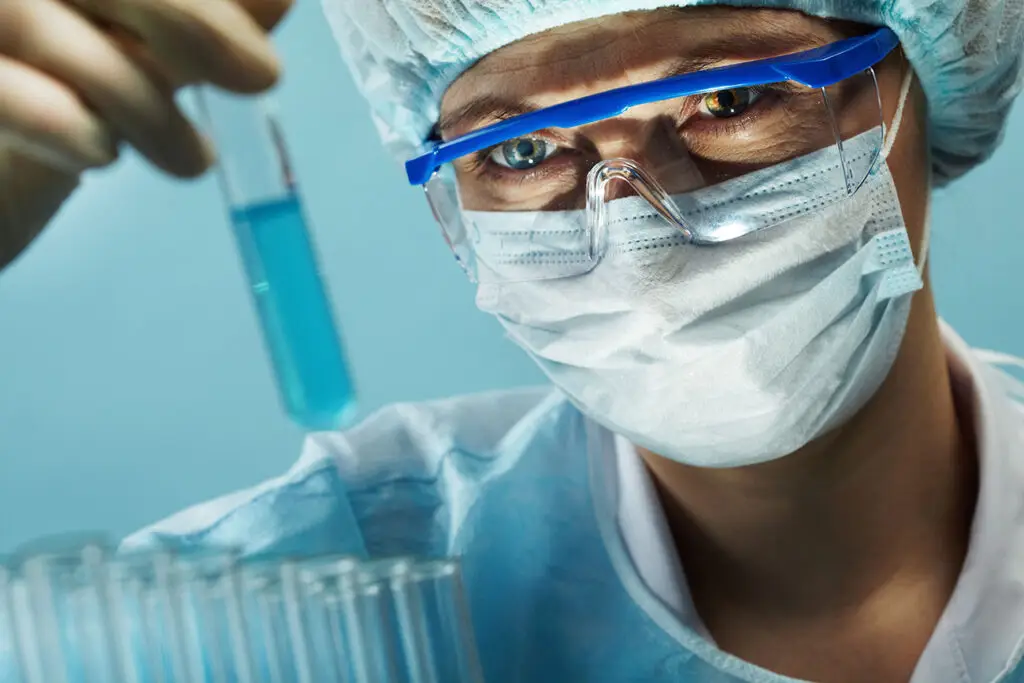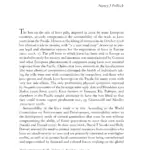
Introduction
Kava is renowned for its calming effects and has been used for centuries in the South Pacific. Its pharmacological effects are primarily attributed to a group of compounds known as kavalactones. From 1998 to 2003 concerns emerged regarding the potential hepatotoxicity (liver toxicity) of kavalactones, prompting a reevaluation of its safety profile. One hypothesis involves the interaction between kavalactones and glutathione through a chemical process known as the Michael reaction. Here we’ll explore why the Michael reaction and glutathione interaction are unlikely to be significant contributors to kava hepatotoxicity.
Understanding the Michael Reaction
The Michael reaction is a fundamental chemical reaction in organic chemistry. It involves the addition of a nucleophile to an α,β-unsaturated carbonyl compound. In simpler terms, it’s a process where a molecule with an electron-rich area (the nucleophile) attaches to a molecule with a specific type of double bond (the α,β-unsaturated carbonyl compound). In the context of kava, kavalactones are the α,β-unsaturated carbonyl compounds, and glutathione acts as the nucleophile.
The Role of Glutathione
Glutathione is a vital antioxidant found in every cell of the body. Its primary function is to neutralize harmful substances, protecting cells from damage. It achieves this by reacting with and detoxifying reactive molecules, including free radicals and peroxides. The interaction between glutathione and harmful substances often results in the formation of less toxic compounds that can be easily excreted from the body.
Kavalactones and the Michael Reaction
The hypothesis in question suggests that kavalactones could undergo a Michael reaction with glutathione, leading to the formation of new compounds. The concern is that this reaction might result in liver damage or hepatotoxicity. However, this hypothesis does not hold up under closer scrutiny for several reasons:
- Destruction of Pharmacological Activity: The Michael reaction would likely destroy the pharmacological activity of kavalactones. Kava’s therapeutic effects are closely tied to the intact structure of kavalactones. If these compounds undergo a Michael reaction with glutathione, they would lose their ability to exert the desired calming and anxiolytic effects. This means that any kavalactone-glutathione adducts would be pharmacologically inactive and unlikely to cause toxicity.
- Lack of Supporting Evidence: Toxicological studies and phytochemical analyses have not provided evidence that kavalactones are inherently hepatotoxic. The current body of research does not support the idea that kavalactones, even when metabolized, lead to liver damage. Instead, kava has a long history of safe use, particularly in traditional settings where it is consumed in its natural form.
- Protective Role of Glutathione: Glutathione’s primary role is to protect the liver and other tissues from damage. Its interaction with potential toxins usually results in detoxification and excretion rather than the creation of harmful compounds. The body’s natural detoxification pathways are designed to mitigate the effects of potentially harmful substances, and glutathione is a key player in these processes.
Conclusion
The interaction between kavalactones and glutathione via the Michael reaction is an unlikely avenue for kava hepatotoxicity. The destruction of kavalactones’ pharmacological activity through this reaction, the lack of supporting evidence for inherent hepatotoxicity, and the protective role of glutathione all point away from this hypothesis. Kava remains a relatively safe herbal remedy when used appropriately and sourced from reputable suppliers.
Sources
Cooper, A., and M. Hanigan. 2017. “Metabolism of Glutathione S-Conjugates: Multiple Pathways.” Comprehensive Toxicology, November, 363–406. https://doi.org/10.1016/B978-0-12-801238-3.01973-5.
Guengerich, F. Peter. 2006. “Cytochrome P450s and Other Enzymes in Drug Metabolism and Toxicity.” The AAPS Journal 8 (1): E101-11. https://doi.org/10.1208/aapsj080112.
Schmidt, M., and Harsewinkel. 2002. “Is Kava Really Hepatotoxic? An Analysis of the Known Data on Adverse Effects of Kava Preparations on the Liver.” https://www.taxtyranny.ca/images/HTML/KavaKava/Articles/KavaReview.pdf.

